Metro Spa Cabin (메트로 스파 캐빈)
6.5Km 2024-12-17
217, Toegye-ro, Jung-gu, Seoul-si
+82-2-2277-8490
Metro Spa Cabin est un Jjimjilbang (Grand Spa ou sauna de style coréen) proposant un couchage dans des cabines privatives en bois comme type d’hébergement. Ces dernières sont emplies d’oxygène aux Ions negatifs et de Pitonchid (air de forêt naturel connu pour ses effets bienfaisants), permettant aux visiteurs de profiter pleinement d’un bain d’air pur dans un cadre boisé en plein coeur de la ville de Séoul. Les installations prévoient une capacité de plus de 200 cabines récentes.
Venezia (베네치아)
6.5Km 2016-09-05
312. 3F, 312, Hongeun 3-dong, Seodaemun-gu, Seoul-si
An elegantly refined atmosphere with live music; perfect for family outings and dates.
Yubin Wang Donkkaseu (유빈왕돈까스)
6.5Km 2021-03-18
46, Chungmu-ro, Jung-gu, Seoul
+82-2-305-1255
This is a Korean cuisine located in Euljiro, Seoul. The best menu at this restaurant is pork cutlet. A store selling pork cutlet, Koreans’ favorite dish.
comme lete (꼼레떼)
6.5Km 2021-09-09
26, Bangbaecheon-ro 4an-gil, Seocho-gu, Seoul
+82-507-1322-8980
A dessert specialty store run by two French pâtissiers. The best menu at this restaurant is dessert. This cafe is located in Seocho-gu, Seoul.
Porte Gwanghwamun (광화문)
6.5Km 2022-12-14
161, Sajik-ro, Jongno-gu, Seoul-si
+82-2-3700-3900
Gwanghwamun est la porte principale du Palais Gyeongbukgung, fondé en 1395, par le premier empereur de la dynastie Joseon, Taejo.
C’est la porte du sud parmi les quatre portes de la capitale sud-coréenne. Son nom signifie “Que la Lumière de l’Illumination recouvre le Monde!” et elle porte le but profond que les gens qui ont fondé la dynastie Joseon avait, en créant une nouvelle dynastie.
La Porte Gwanghwamun a été construite de granite. Au centre, il y a une entrée ressemblant à un arc-en-ciel, appelée Hongyemun, et au-dessus, se trouve la tour de la porte. La Porte Gwanghwamun renferme un souvenir douloureux dans l’histoire de la Corée. Durant l’ occupation japonaise de la Corée, de façon à tuer les esprits des citoyens coréens, le général du gouvernement japonais avait détruit la porte et construit son propre bâtiment gouvernemental. L’apparence réelle de la porte est celle de 1968 lorsqu’elle a été reconstruite en utilisant du béton, et elle est située environ à 10m derrière le point d’origine. Pour restituer la forme d'origine de la porte, le gouvernement a entrepris des travaux d'aménagement à partir de 2006, ces travaux se sont terminés le 15 août en 2010.
Ground Seesaw Seochon (그라운드시소 서촌)
6.5Km 2023-01-16
18-8, Jahamun-ro 6-gil, Jongno-gu, Séoul
Le complexe culturel Ground Seesaw se trouve à Seochon dans l'arrondissement de Jongno-gu, un endroit où l'histoire, l'art et la culture se rencontrent. Le lieu a été créé par Media N Art, une société de production d'expositions, et conçu par le cabinet d'architecture SoA et l'entreprise paysagiste Loci Studio. Nous vous invitons à découvrir Ground Seesaw pour découvrir une variété d'expositions.
Kkotpineun Sangol (꽃피는산골)
6.6Km 2021-03-26
17, Jong-ro 11-gil, Jongno-gu, Seoul
+82-2-735-7963
A restaurant frequented by office workers in Jongno after work. This Korean dishes restaurant is located in Jongno-gu, Seoul. The most famous menu is seafood and green onion pancake.
Geumdong Hwaro Sutbulgui (금동화로숯불구이)
6.6Km 2021-03-19
35, Toegye-ro, 41-gil, Jung-gu, Seoul
+82-2-2264-3002
This Korean cuisine is located near Chungmuro Station, Seoul. The representative menu is spicy stir-fried boneless ribs. A Korean BBQ restaurant.
Cheongsongsan Ojingeo (청송산오징어)
6.6Km 2021-03-29
8, Namhyeon 1-gil, Gwanak-gu, Seoul
+82-2-584-5286
It's a great place to hold group dining and group meetings. The best menu at this restaurant is sliced raw squid. This Korean dishes restaurant is located in Gwanak-gu, Seoul.
Seochon Guest House [Korea Quality] / 서촌 게스트하우스 [한국관광 품질인증]
6.6Km 2023-04-07
28-3, Jahamun-ro 7-gil, Jongno-gu, Seoul
+82-010-3345-9680
Seochon Guest House is located in Seochon, which is becoming a hot place for tourists in Seoul, and precisely on the road to Suseong Valley, whichis filled with interesting stores and is also well-known for Park Nosoo Art Gallery and the House of Yun Dong-ju (poet). Seochon Guest House is nicknamed ‘Jaeminangol (interesting village)’ after Baekseok’s poem ‘Yeowunangol’, with the aim of providing a visit full of interesting experiences. Passing through a garden and entering the main building, the unique charm of this hanok building, the staircase to get to the first floor from daecheong (main floored room), catches the eye of the visitors. In addition, the building is decorated with various stylish objects including paintings and Korean musical instruments. The terrace situated on the first floor offers an open view of the surrounding area including roof tiles of hanok structures and alleyways in Seochon. It is said that Korean novelist Yoon Hu-myeong also appreciated the structure of the guesthouse, saying, “It is an interesting place.” Built in the 1930s, the house, which has many storage places, was taken by the owner couple in spring 2014 as they were attracted by the house during their trip to Seochon. After the repair work, the ground floor of the house was opened for guests from January 2016, hoping that guests could share their daily experiences and stories with each other. The guestrooms and the main floored room on the ground floor are open to guests, with the exception of the first floor, which is used by the owner couple. The living room is equipped with books, a curved TV, and a table. The tasty meal, which is served in the kitchen, consists of rice and soup with six side dishes and is much loved by guests. The guesthouse offers a total of four rooms – Jae Room, which is the most Korean-style room; Mi Room, which has a combined style of a Korean-style room and Western-style room; Nan Room, which is an ideal room for meditation with a beautiful paper window; and Ahn Room, which is equipped with a veranda and a pretty flowerbed. Every room has its separate charm with various comfortable bedding to provide a quiet and cozy bedroom for guests in the middle of the city. Furthermore, the guesthouse holds a pansori (epic chant) performance twice a year. The owner started learning how to sing pansori to promote the Korean culture and tradition to foreigners. When a pansori performance is held, the owner offers traditional Korean snacks and drinks including sikhye (sweet rice punch), sujeonggwa (cinnamon punch), traditional sweets and cookies, and tteok (rice cakes) to visitors, tourists, and performers. Moreover, it provides cultural programs such as a Gukak (Korean classical music) experience, Korean traditional clothes experience, and making Korean food experience, as well as other activities with guests, such as trip to the city wall between Inwangsan Mountain and Bugaksan Mountain, and the Royal Palace Tour to Gyeongbokgung Palace, etc., as well as a trip to a traditional market.

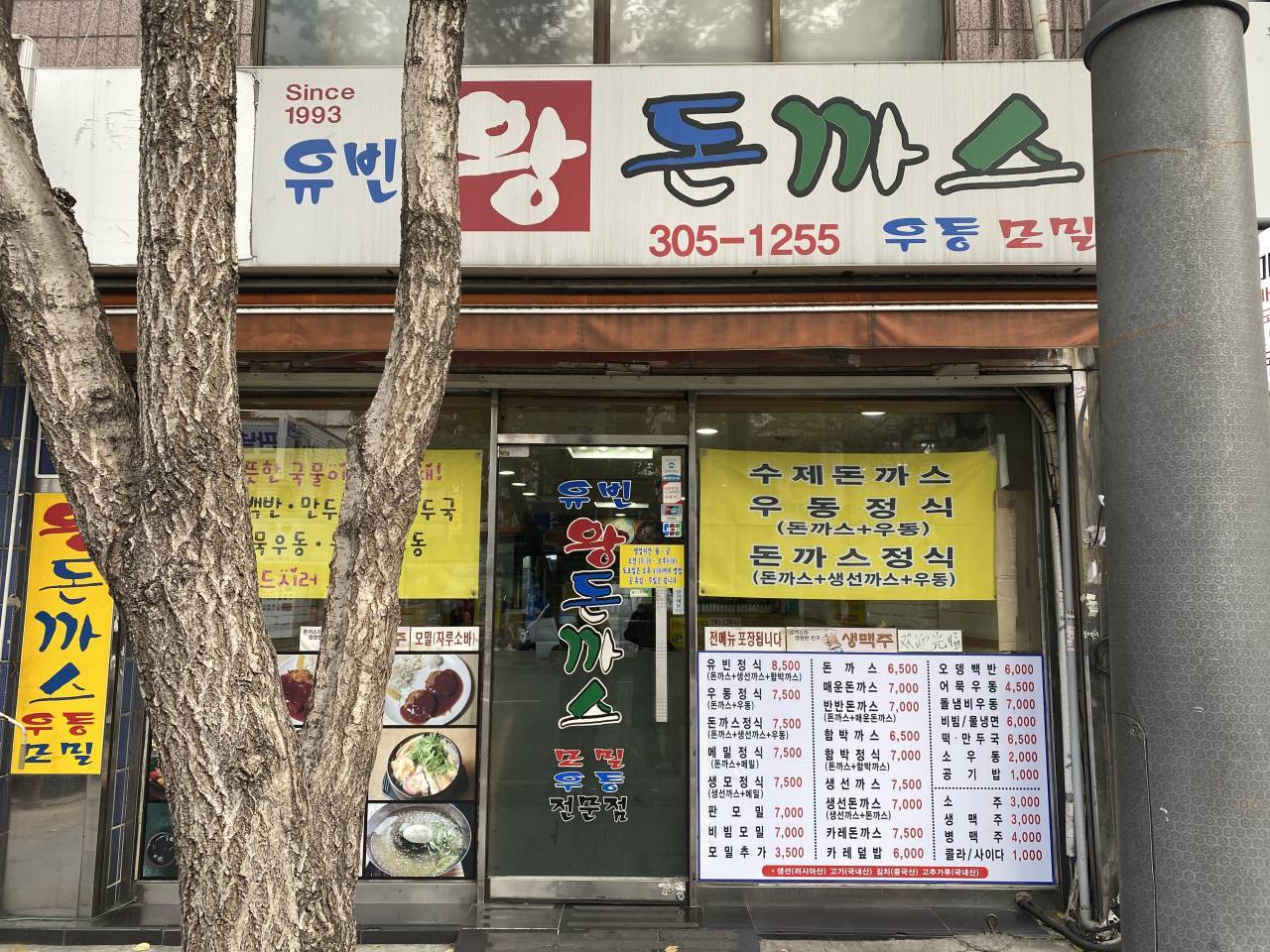
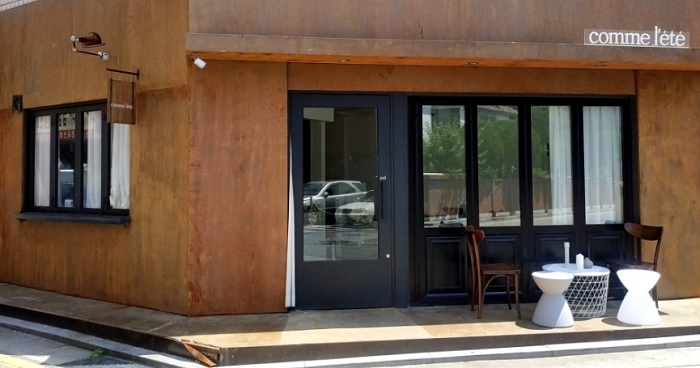
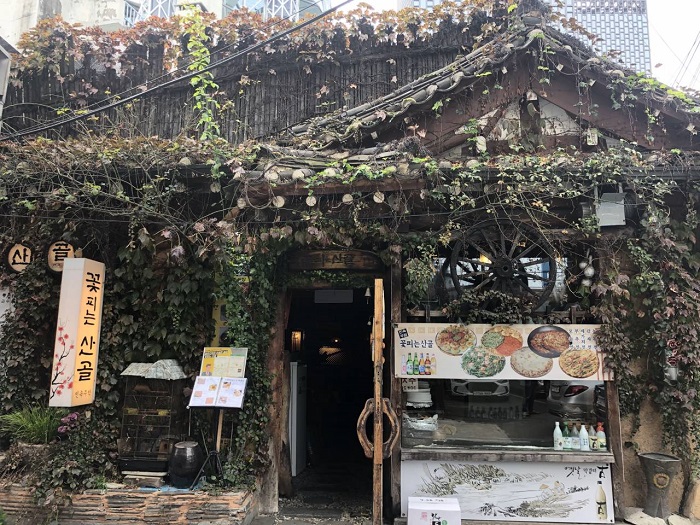
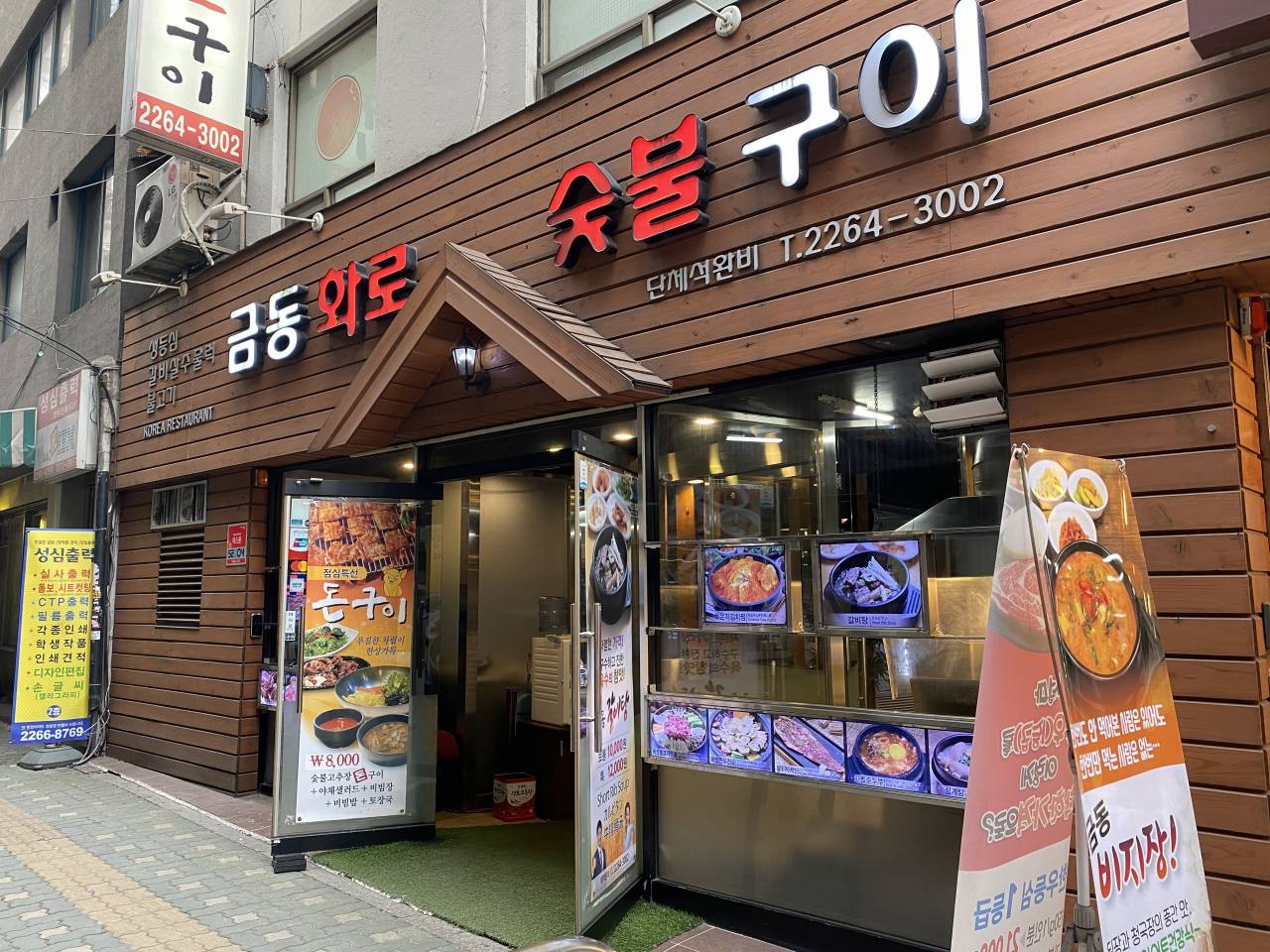
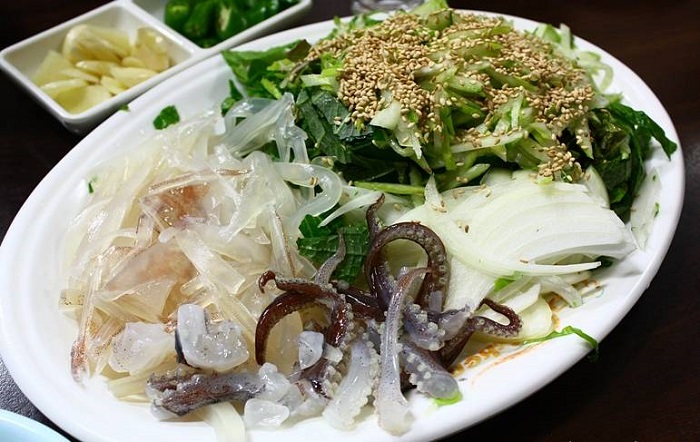
![Seochon Guest House [Korea Quality] / 서촌 게스트하우스 [한국관광 품질인증]](http://tong.visitkorea.or.kr/cms/resource/41/2447241_image2_1.jpg)
 Français
Français
 한국어
한국어 English
English 日本語
日本語 中文(简体)
中文(简体) Deutsch
Deutsch Español
Español Русский
Русский